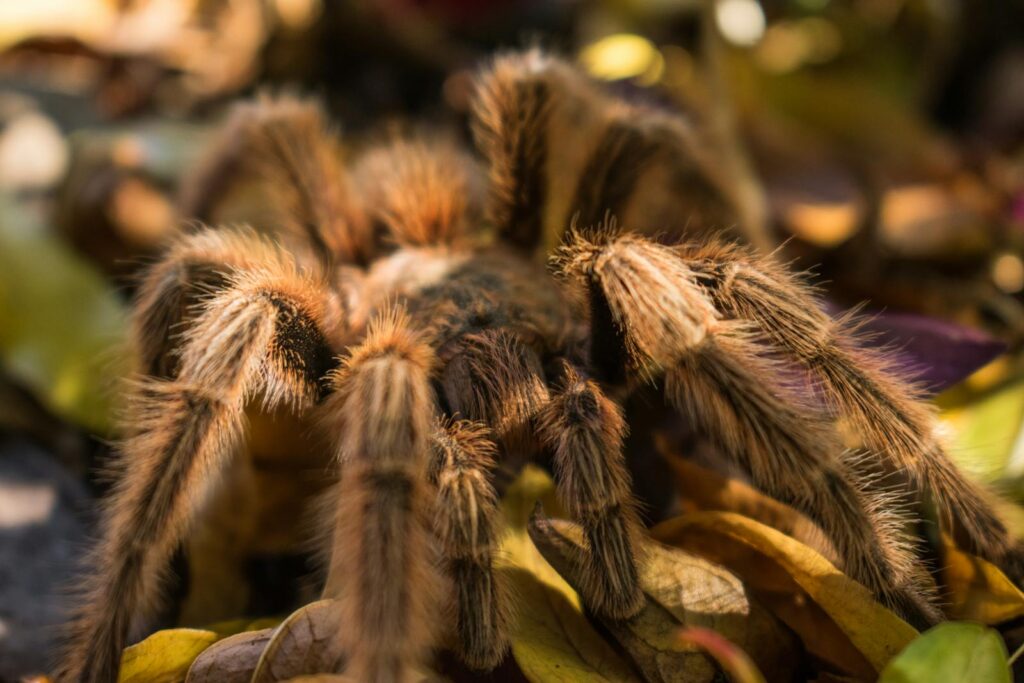Tarantulas, with their exotic appearance and relatively low-maintenance needs, have gained popularity among exotic pet enthusiasts. However, creating the right environmental conditions—particularly heating and lighting—remains one of the most misunderstood aspects of tarantula husbandry. Unlike many reptiles, tarantulas have unique requirements that, when properly met, can help ensure a healthy, long-lived pet. This comprehensive guide explores the essential aspects of heating and lighting for tarantulas, dispelling common myths while providing practical solutions for both beginner and experienced keepers. Whether you’re setting up your first tarantula enclosure or looking to optimize your current setup, understanding these fundamental elements will significantly impact your spider’s wellbeing.
Understanding Tarantula Natural Habitats
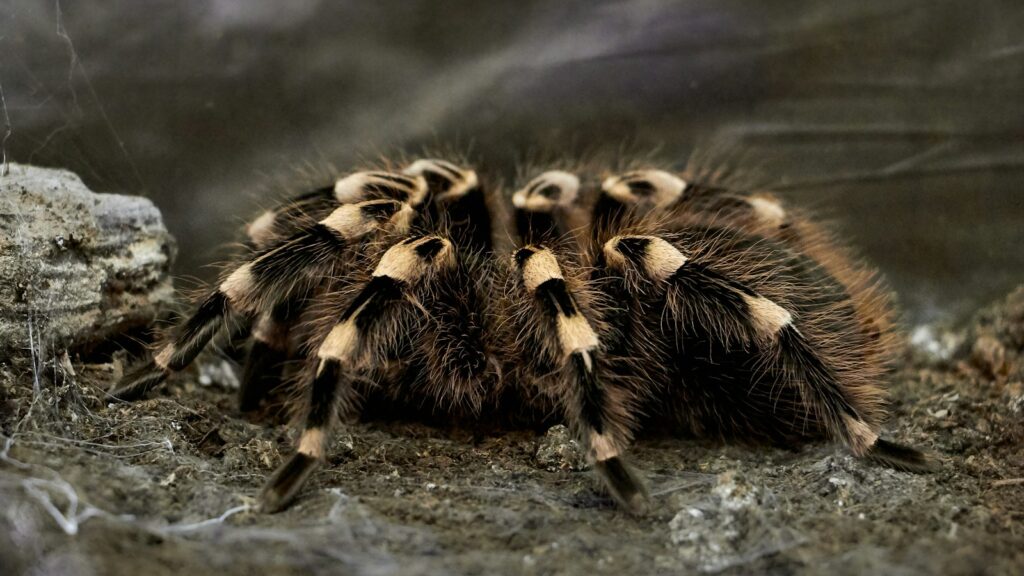
Tarantulas have evolved in diverse environments across the globe, from tropical rainforests to arid deserts, which directly influences their heating and lighting requirements in captivity. Species from equatorial regions such as the Brazilian Salmon Pink (Lasiodora parahybana) naturally experience stable temperatures with minimal fluctuations throughout the year. Desert-dwelling species like the Mexican Red-Knee (Brachypelma hamorii) have adapted to significant temperature variations between day and night. Understanding your specific tarantula’s native habitat provides the foundation for creating appropriate environmental conditions in captivity. This ecological context is essential for replicating the temperature gradients, humidity levels, and light cycles that your tarantula has evolved to thrive in over millions of years.
Tarantula Temperature Requirements

Most tarantula species thrive in temperature ranges between 75-85°F (24-29°C), though specific requirements vary by species and should be researched individually. Tropical species generally prefer the higher end of this range, while temperate species may do better at slightly lower temperatures. Temperature stability is often more important than achieving a specific heat level, as rapid fluctuations can stress tarantulas and potentially impact their health. Room temperature is adequate for many commonly kept species, making them relatively simple to maintain in typical household conditions. However, it’s important to note that temperatures below 65°F (18°C) can slow a tarantula’s metabolism significantly, affecting feeding, molting, and overall activity levels.
The Myth of Specialized Lighting

Unlike reptiles, tarantulas do not require UVB lighting or specialized full-spectrum bulbs for proper metabolic functioning. In fact, tarantulas are primarily nocturnal or crepuscular creatures that naturally avoid direct sunlight in their habitats. Their exoskeleton lacks the mechanisms to synthesize vitamin D3 from UVB radiation, making such lighting unnecessary and potentially stressful. Tarantulas have simple photoreceptors rather than complex eyes like vertebrates, sensing primarily light intensity rather than detailed images or specific wavelengths. This biological reality means that elaborate lighting setups marketed specifically for tarantulas are largely unnecessary expenses that don’t benefit the animal’s welfare. Ambient room lighting providing a natural day/night cycle is typically sufficient for most species.
Heating Methods: Under-Tank Heaters
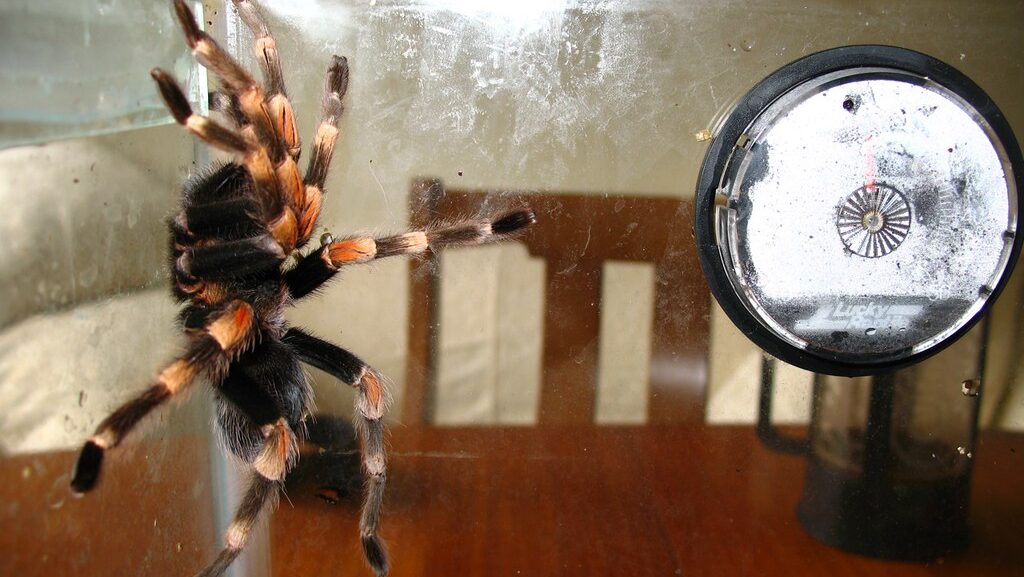
Under-tank heaters (UTHs) or heat mats represent one of the most popular heating solutions for tarantula keepers, particularly for species requiring temperatures above ambient room conditions. These devices adhere to the side or bottom of the enclosure, providing gentle, radiant heat that mimics the natural warming of substrate in the wild. When using UTHs, it’s essential to place them on the side of the enclosure rather than underneath to prevent the tarantula from burrowing directly into an overheated area. Always use these heating elements with a thermostat to prevent dangerous temperature spikes that could prove fatal to your tarantula. The ideal setup allows the tarantula to thermoregulate by moving between warmer and cooler areas within its enclosure, replicating the temperature gradients found in natural habitats.
Heat Lamps and Overhead Heating

Heat lamps and ceramic heat emitters present an alternative heating method, though they require careful implementation for tarantula enclosures. These overhead heating elements create a more natural temperature gradient by warming the air and substrate from above, similar to the sun’s effect in nature. However, they can rapidly reduce humidity levels, which may be problematic for tropical species requiring higher moisture levels. If using overhead heating, position the lamp at sufficient distance to prevent creating hot spots that could injure your tarantula. Low-wattage ceramic heat emitters generally provide safer heating than high-intensity bulbs that emit bright light, which can stress these primarily nocturnal creatures. Always monitor both temperature and humidity levels when using overhead heating to maintain appropriate environmental conditions.
Space Heaters and Room Climate Control

For keepers with multiple tarantulas, controlling the ambient room temperature often proves more efficient than heating individual enclosures. Small space heaters with thermostatic controls can maintain consistent temperatures throughout a dedicated tarantula room or shelving unit. This approach eliminates the need for individual heating elements while providing stable environmental conditions for all specimens. Oil-filled radiator heaters are particularly suitable as they produce gentle, consistent heat without the drying effect of forced-air heaters. When using this method, ensure adequate air circulation to prevent temperature stratification, where warmer air rises creating uneven heating across different shelf levels. Regular temperature monitoring at various points in the room helps verify that all enclosures remain within appropriate temperature ranges.
Natural Light Cycles
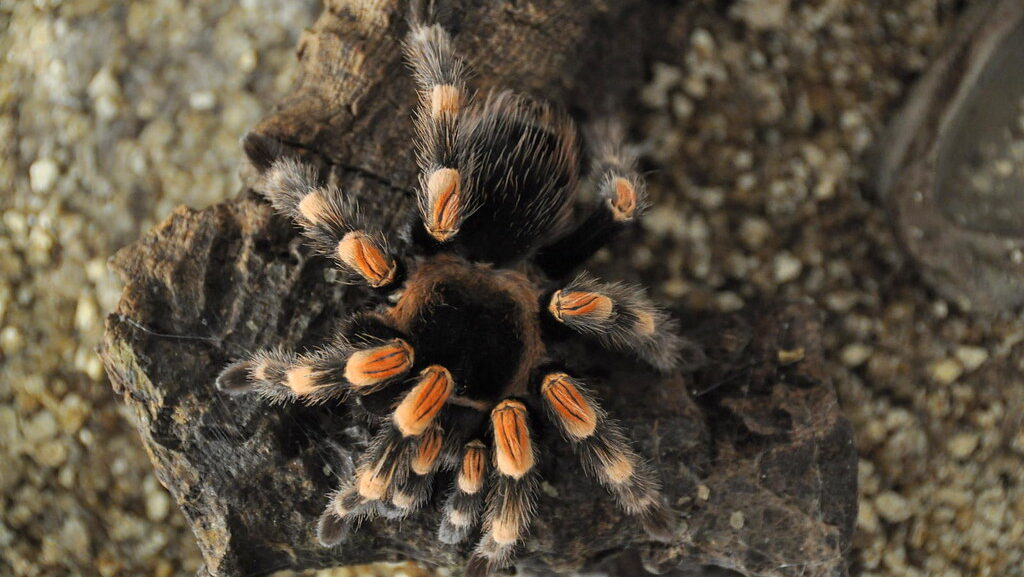
While specialized lighting isn’t necessary, maintaining a consistent light cycle benefits your tarantula’s natural behavioral patterns and biological rhythms. Most species do well with 10-12 hours of indirect light followed by a period of darkness, mimicking natural day/night cycles. This photoperiod helps regulate feeding activity, molting cycles, and reproductive behaviors in captive specimens. Ambient room lighting or natural light from windows typically provides sufficient illumination, though direct sunlight should be avoided as it can create dangerous temperature spikes within the enclosure. Some keepers use simple timer-controlled LED lights to maintain consistent light cycles, particularly in rooms with limited natural light or irregular human activity. Consistent photoperiods are especially important for tarantulas from regions with minimal seasonal variation in day length.
Temperature Monitoring Tools
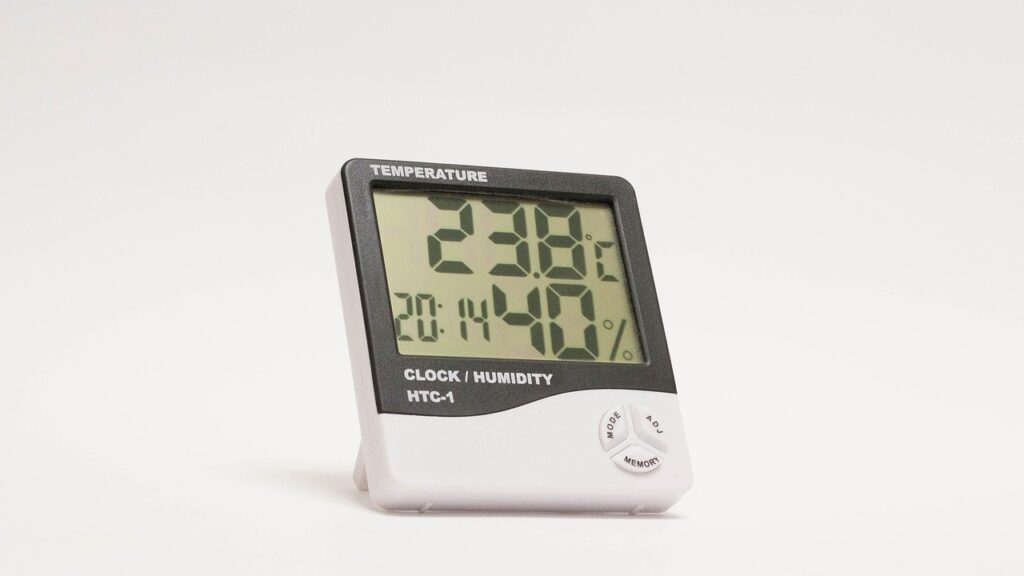
Accurate temperature monitoring represents a crucial aspect of successful tarantula keeping, requiring reliable tools rather than guesswork. Digital thermometers with probe sensors provide precise readings at specific locations within the enclosure, allowing keepers to verify temperature gradients and identify potential hot spots. Infrared temperature guns offer non-invasive measurement options, particularly useful for spot-checking surface temperatures at various points without disturbing the animal. For more sophisticated monitoring, digital thermostats with integrated temperature displays not only measure but actively regulate heating elements to maintain precise conditions. Maintaining temperature records over time helps identify patterns or equipment failures that might otherwise go unnoticed, potentially preventing dangerous situations. Remember that thermometers placed at different heights or locations within the enclosure may show varying readings, highlighting the importance of measuring temperature at the specific areas your tarantula actually occupies.
Species-Specific Requirements

Temperature and lighting needs vary significantly across tarantula species, reflecting their diverse natural habitats. Desert species like Aphonopelma chalcodes (Arizona Blonde) typically tolerate wider temperature fluctuations and lower humidity levels than their tropical counterparts. Rainforest dwellers such as Caribena versicolor (Antilles Pinktoe) generally require more stable, warm conditions with higher humidity levels consistently maintained. Arboreal species that live in tree canopies may experience different light exposure than terrestrial or fossorial (burrowing) species in the wild, though this rarely translates to special lighting needs in captivity. Tarantulas from temperate regions may benefit from seasonal temperature cycling to trigger natural behaviors, particularly for breeding purposes. Always research the specific requirements of your tarantula species rather than applying general guidelines that might not address their evolutionary adaptations.
Heating Dangers and Safety Precautions

Improper heating presents one of the greatest dangers in tarantula husbandry, with overheating frequently proving fatal. Unregulated heating elements can create lethal hot spots or rapidly dehydrate the enclosure, while inadequate heating may suppress normal metabolic functions. Always connect heating devices to appropriate thermostats with automatic shutoff features to prevent equipment malfunctions from causing catastrophic temperature spikes. Position heat sources to allow the tarantula to move away from heat if needed, creating a thermal gradient rather than uniform temperature throughout the enclosure. Regularly check equipment functionality and temperature readings, as heating element failures can occur without obvious external signs. Remember that smaller enclosures heat more rapidly and retain less temperature stability than larger setups, requiring more vigilant monitoring and potentially lower-powered heating elements.
Seasonal Adjustments and Temperature Cycling

Many tarantula species naturally experience seasonal temperature variations in their native habitats, which can be replicated in captivity to support natural behavioral cycles. Modest temperature reductions during winter months may trigger breeding behaviors in certain species, particularly those from temperate or subtropical regions. For tropical species from regions with minimal seasonal variation, maintaining consistent year-round temperatures typically proves more appropriate than artificial cycling. When implementing seasonal adjustments, create gradual transitions over several weeks rather than abrupt changes that could stress the animal. Some advanced keepers coordinate temperature cycling with changes in humidity and feeding frequency to more completely replicate natural seasonal patterns, particularly when working with breeding projects. However, for most pet tarantulas, extreme temperature cycling offers limited benefits and may introduce unnecessary stress.
Budget-Friendly Heating Solutions

Effective tarantula heating doesn’t necessarily require expensive specialized equipment, as several budget-friendly options exist. Small reptile heat mats represent one of the most economical heating solutions, often available for under $20, though they should always be paired with a thermostat for safety. Seedling heat mats designed for plant propagation can serve as affordable alternatives to pet-specific heating products while providing gentle, consistent warmth. For multiple enclosures, a small space heater with a built-in thermostat often proves more cost-effective than individual heating elements for each container. Some keepers successfully utilize the ambient warmth from other necessary household equipment, positioning tarantula enclosures in naturally warmer areas of the home, though this requires careful monitoring to ensure appropriate temperature stability. Remember that investing in a quality thermometer and thermostat remains essential regardless of which heating method you choose, as temperature control directly impacts your tarantula’s health and longevity.
DIY Heating and Lighting Setups
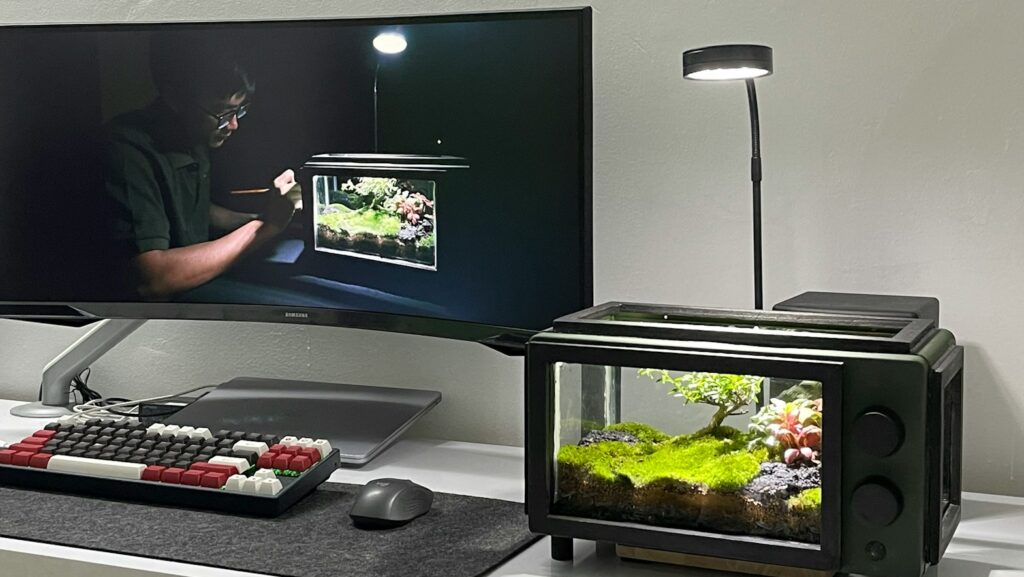
Creative keepers have developed numerous DIY solutions for tarantula environmental control that often outperform commercial products at a fraction of the cost. Simple heat-reflecting panels made from aluminum foil or emergency blanket material can redirect heat from standard heating elements more efficiently throughout an enclosure. Modified incandescent desk lamps with low-wattage bulbs can provide localized heating when positioned carefully outside the enclosure. Some advanced keepers construct custom heating chambers using insulated boxes with thermostat-controlled heating elements that maintain multiple tarantula enclosures at precise temperatures. For lighting cycles, standard household LED strips connected to programmable timers provide customizable day/night transitions without generating excess heat. While DIY approaches offer cost savings and customization opportunities, they require careful testing and monitoring to ensure they maintain appropriate conditions without introducing safety hazards.

